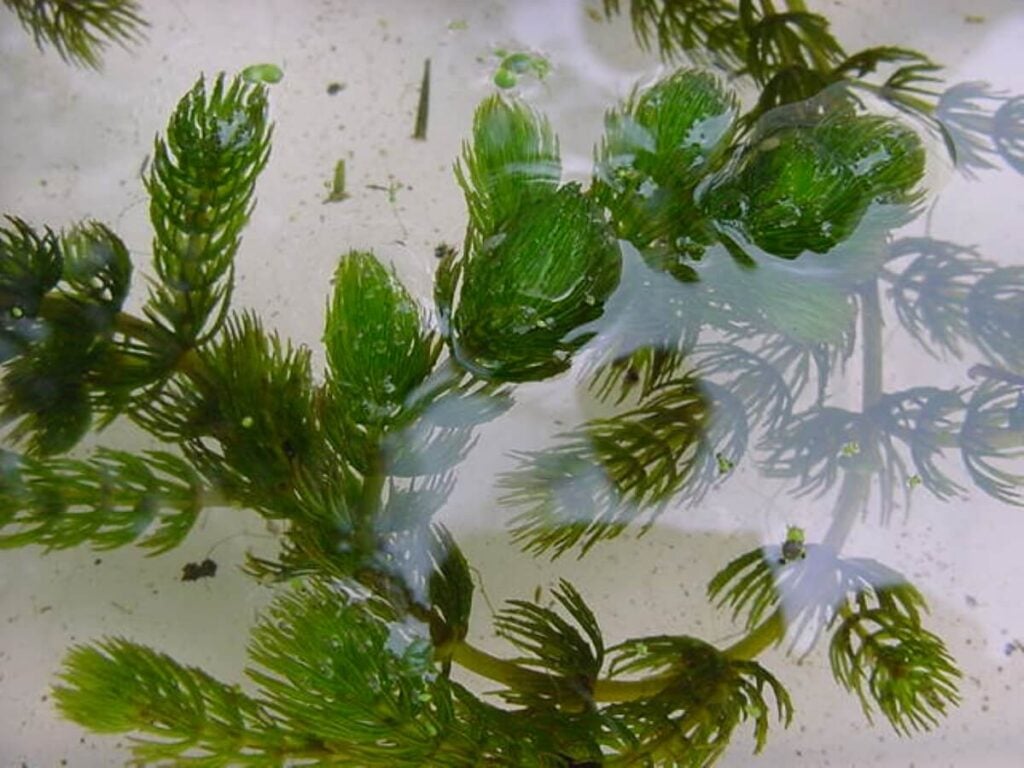Lakeshore Management
Hydrilla vs. Milfoil
Overview Hydrilla and watermilfoil are two prominent aquatic plants that share some similarities in appearance and habitat. Both are submerged plants that grow in ponds or lakes and form dense vegetation. These plants are often mistaken for one another, but they have distinct characteristics that set them apart. Understanding their differences is key to managing…
Read MoreDuckweed and Algae
Overview Duckweed and algae are common aquatic organisms that, when uncontrolled, can create significant challenges for a pond or lake. While small quantities of these are generally safe, these plants’ ability to rapidly grow can quickly make a water feature unusable and potentially harmful for fish and other aquatic life. Duckweed is a plant and…
Read MoreWhat Kills Weeds Permanently?
How to Prevent Weeds from Growing? There is no way to completely prevent all weeds from growing on your lake shore or in your pond. However, there are things you can use to help reduce the amount of growth you see during the season. Using nutrient reducers such as PhosControl and MuckMaid can be a…
Read MoreCoontail vs. Milfoil | Identify & Control
Overview Although coontail and milfoil look similar with their branched stems and bushy leaves, they have a few differing characteristics that aid in the identification of each plant. Coontail feels rough when pulled through the hand and has straight leaves. Milfoil is smoother to the touch and has pairs of leaflets. Another big difference is…
Read MorePreserving Lakes
By Kevin Kretsch, President, Lake Restoration Inc. This article originally appeared in Lake Management Magazine Managing the water quality of lakes can be a challenging job once invasive aquatic plants gain a foothold. But there are a variety of safe, cost-effective products and services on the market today that can help communities to preserve…
Read MoreLake Shore Management – The Essentials
One common problem among all lake shore owners is that of weed management. Not only can the aquatic weeds clog up and potentially damage a boat’s motor, but quite frequently they are an unpleasant sight and a nuisance in any swimming area. Also, the build-up of algae (ie “pond scum”) can lead to a foul smelling environment…
Read More



